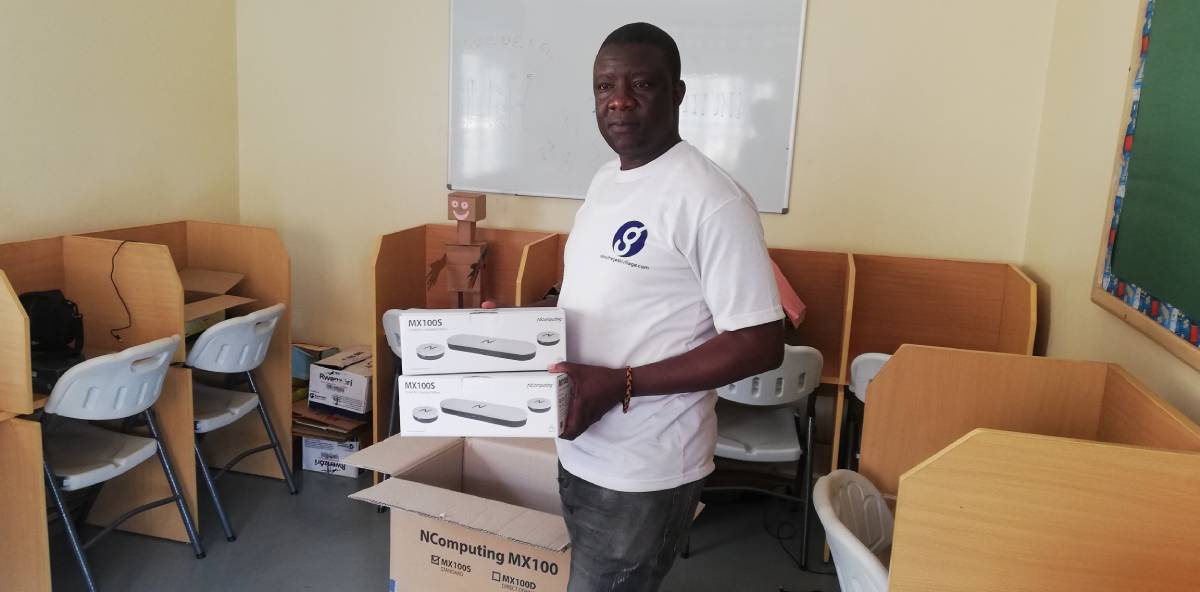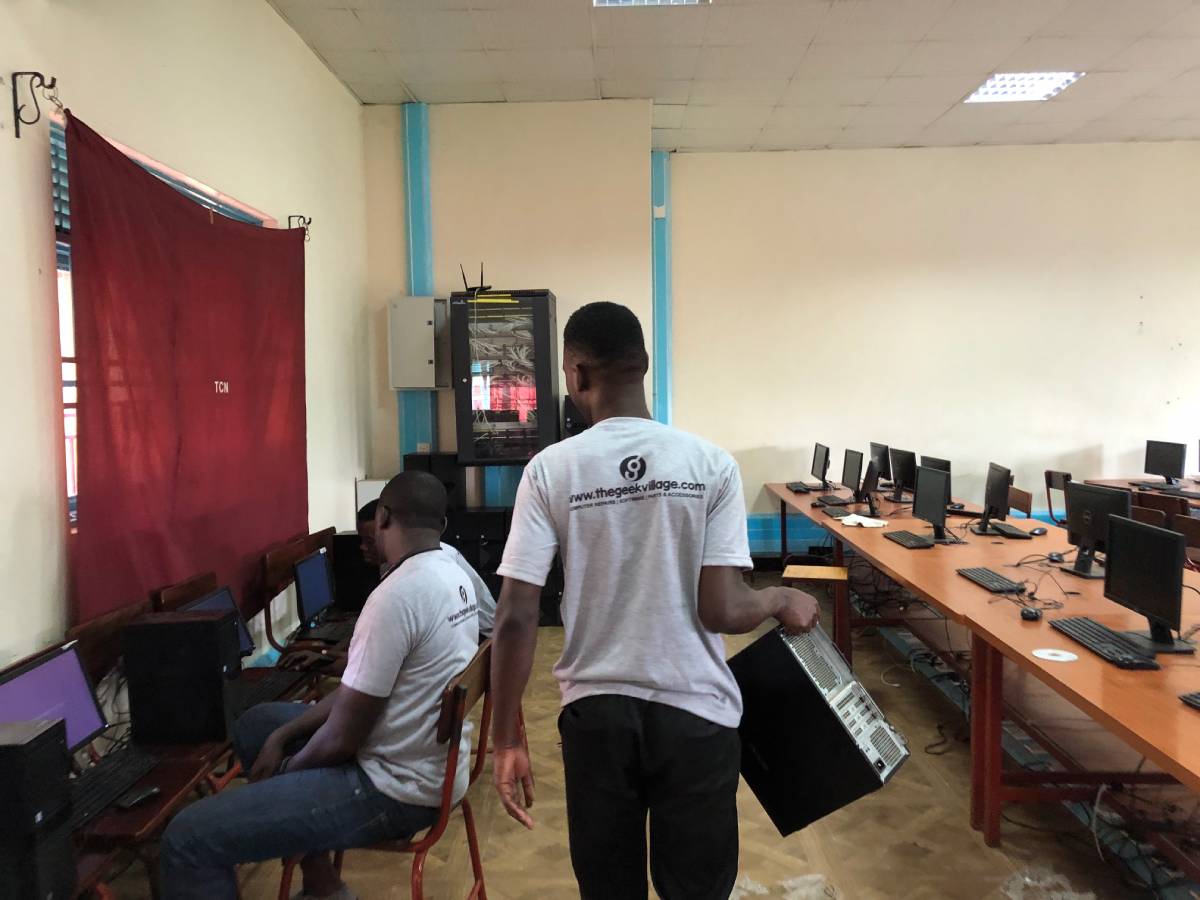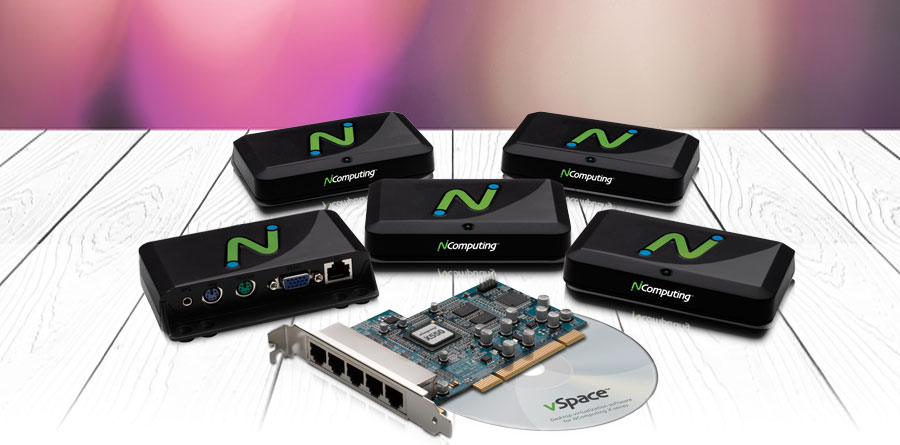Most computers fail to charger because of power problems and the charger could be faulty.
The following steps can help to fix the problem.
step 1:
Plug the laptop into a different power outlet. Unplug the laptop, wait a few minutes, and then plug it into an outlet on a different wall or room. If the laptop charges when connected elsewhere, the problem is not your computer or charger.
- To confirm whether the laptop is charging, check for charging lights. Many laptops have a light somewhere on the machine that indicates whether it’s receiving power. Sometimes it’ll be above the keyboard, other times it’ll be on the side or back of the unit. If you’re using a Mac laptop with a magnetic charging cable, you’ll see a light on the end of the cable where it connects to your computer (orange = charging, green = fully charged). Other times you’ll find lights on the power cord, especially if there’s a “brick” aspect of the cable.
- If the power adapter works for a little while but then turns off, there may be interference with the outlet. Unplug the power adapter for about 30 seconds and then try again.[1]
- If the adapter or the computer itself feels unusually warm, wait until the surface has cooled completely before plugging it into a power source.
Step 2:
Inspect the power adapter. Examine the entire length of the power cord for tears, dents, and worn-down insulation. If you notice any flaws, or if the power brick is warped or smells like burnt plastic, the cord is probably faulty.[2] Try bringing the laptop to a local repair shop and ask to try one of their working power adapters. If a verified-to-be-working adapter charges your laptop, order a replacement adapter.
- If you’re using a newer PC model that supports USB-C charging (such as the Huawei MateBook X), make sure your power adapter is plugged into the correct port on the laptop.[3] Usually only one of the USB-C ports on such models support charging, while the other is used only for data transfer.
- Check your warranty before replacing any parts, as the cost of the adapter may be covered.
Step 3:
Check the power jack on the laptop. When the adapter is connected to your laptop properly, it should not jiggle or fall out of the jack. If the connection feels loose, there could be a bent pin inside the power jack. It’s also possible that the entire jack has loosened from the motherboard. Take the laptop to a repair shop for a proper diagnosis.
- Bent pins and other power jack issues are model-specific. You can look up your model online for repair instructions, but the repair usually requires purchasing a new power jack and soldering it onto the motherboard. This could void your warranty.
Step 4:
Start up your laptop without a battery. Shut down the computer, remove the battery, and plug the computer in. If the laptop wasn’t powering on before but works without the battery, you may need a new battery. Another method may fix the problem, or your battery may be dead and require replacement.
- If your laptop battery is not removable, skip this step and try the methods below before taking your laptop to a computer repair store.
![]()





